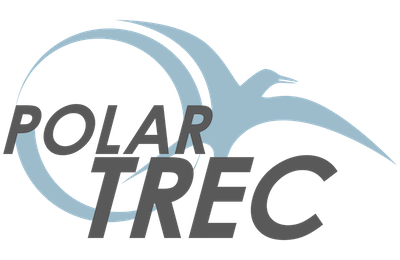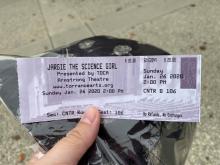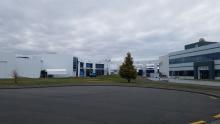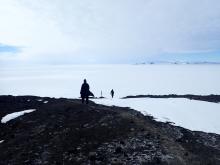Update
Now Archived!
Antarctica Day Celebration live from the South Pole Station, Antarctica with Jocelyn Argueta and Dr. James Madsen. You can view the archive here.
What Are They Doing?

The fully built ARA project, also located at the South Pole, will have an effective volume 100 times bigger than IceCube. The trade off is that it is only capable of observing radio waves from extremely high energy neutrinos, a million times more energetic than the neutrinos produced by cosmic rays in the atmosphere. This neutrinos are extremely rare, which is why such a large detector is needed to increase the chance of seeing one.
Where Are They?
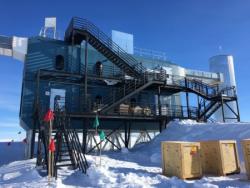
Latest Journals

Dr. Madsen is the chair of the Physics Department at UW-River Falls and Associate Director of the IceCube Neutrino Observatory where he directs the education and outreach program. His research interests include heliophysics and astrophysics, which he has studied at his various projects in Antarctica. In addition to research, Dr. Madsen is committed to reaching a broad audience beyond the research community. He is involved in education and outreach for the IceCube project including professional development courses for teachers and science and math instruction for the UWRF Upward Bound Program. He collaborates with a number of programs and institutions in addition to PolarTREC, including the Knowles Science Teaching Foundation, UW-River Falls Upward Bound and McNair Programs, and service groups (Rotary International, Boy and Girl Scouts, university alumni associations, etc.). You can read more about Dr. Madsen's work here and here.
"Working in Antarctica is a wonderful adventure, and it is great to provide opportunities for others to have this awesome experience."

Michael DuVernois is a Senior Scientist with the Wisconsin IceCube Particle Astrophysics Center and a Research Professor with the Department of Physics at the University of Wisconsin in Madison. He is an experimental physicist working on the IceCube and ARA neutrino observatories at the South Pole. His other research interests include high-energy gamma-ray astronomy, humanitarian demining, and detector development for particle and astro-particle physics. Less technically, he has bowled on all seven continents, and is found most Austral Summers at the South Pole supervising students and technicians. He has previously flown satellite experiments in orbit and through the solar system, balloon instruments to the top of the Earth’s atmosphere, and built instrumentation for mountain-top and extended ground-based observatories.
